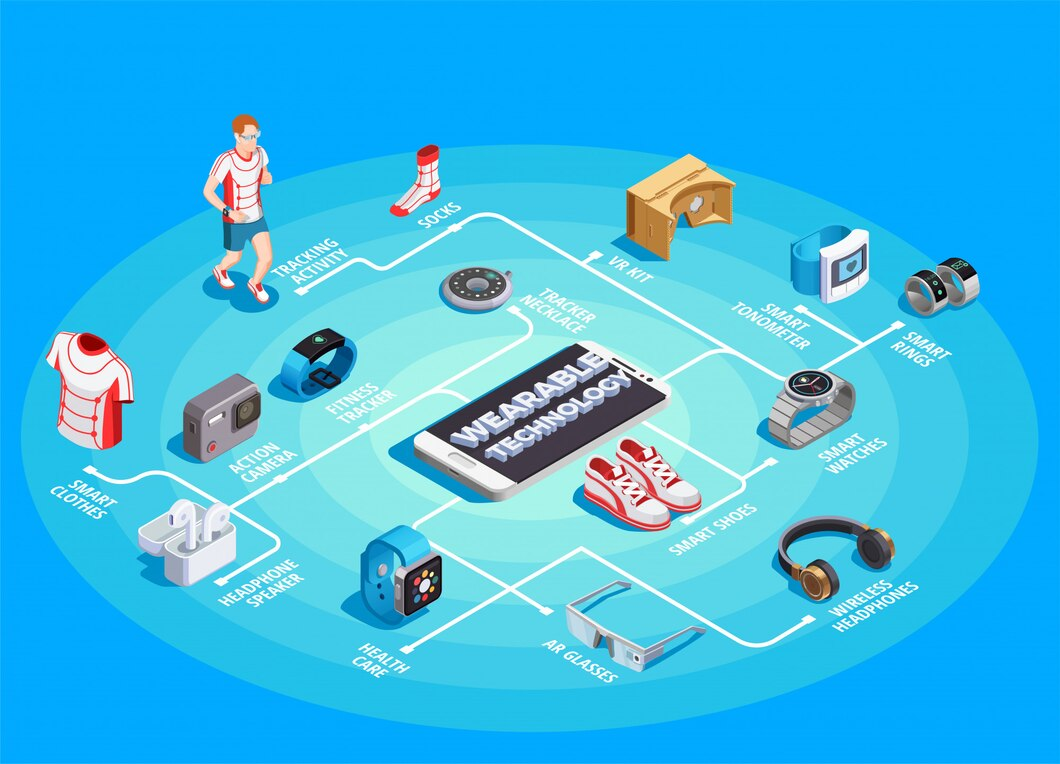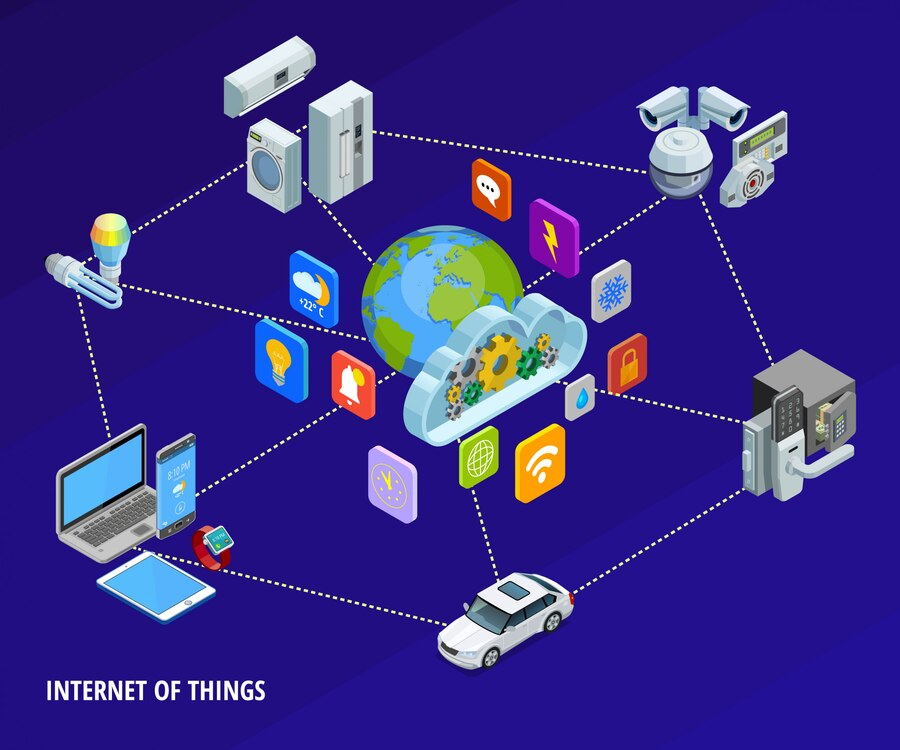
Imagine if the devices designed to simplify our lives made us more vulnerable.
The Internet of Things promises convenience and automation. It also presents new opportunities for cybercriminals. Smart TVs, CCTV, Smart Fridges, Thermostats, and every connected device are potential entry points for hackers.
Sometimes they lurk in the shadows of your network, collecting data in the background or waiting to launch a malware attack.
This article highlights the hidden risks of IoT devices and outlines practical steps to strengthen your smart home security and prevent cyberattacks.
The Rise and Vulnerabilities of Smart Homes
IoT has transformed our homes into conveniently interconnected ecosystems. Smart fridges are helping people manage groceries, voice assistants respond to questions, and security cameras give us peace of mind, to an extent. But this kind of interconnectedness has a price.
A 2023 report by Kaspersky underlined a 120% surge in malware attacks on smart home devices unlike 2022. Alarming statistics like this highlight the growing threat to our technologically connected lives.
Why are IoT Devices Easy Targets for Hackers and Malware?
What makes IoT devices vulnerable to attacks? Several factors contribute to this:
- Weak Default Passwords: When purchasing a smart lock, or security system, it usually comes with a default password. Many IoT manufacturers prioritize easy setups over robust security. Unfortunately, devices remain with weak passwords and breachable security.
A 2024 study by HP underlined that over 70% of IoT devices used easily guessable passwords.
- “Set it Once and Forget” Mentality: Unlike smartphones and PCs, which we update regularly, IoT devices often fade into the background of our digital livelihood. We rarely remember them after setting them up, making anthem vulnerable training grounds for known exploits. This “set it once” mentality is partly driven by the fact that most IoT devices are produced with limited software support.
- Data Leaks: Some IoT devices transmit unencrypted data. They send sensitive information across your network in plain text. Hackers can intercept this information, accessing personal information captured by voice assistants or security cameras. This threat is often invisible to average users, making it more effective.

The Real Price of Insecure IoT Devices
The consequences of compromised IoT devices include major inconveniences, including:
- Violated Privacy: Imagine a stranger accessing live feeds from your security cameras or listening to conversations through your smart speakers. Hackers can exploit these vulnerabilities to access your data.
- Device Hijacking: Hackers can control your IoT devices and use your smart gadgets against you. They can disrupt functionality, spy, or launch attacks on other devices.
- Network Override: Compromised IoT devices present entry points for home network infiltration. Hackers access your computers, smartphones, and other connected devices, allowing them to steal private data or install malware.
- Fueling Larger Attacks: Hackers can exploit large networks of compromised IoT devices to launch Distributed Denial of Service (DDoS) attacks, overwhelming your network with traffic and disrupting services.
How to Secure Your Smart Home in 6 Steps
You don’t have to fear a random smart home invasion. Take proactive measures to secure your IoT devices and reduce data security risks to enjoy the benefits of digitally connected living.
1. Set Strong and Unique Passwords
A strong, unique password is your first defense in IoT security. Change default passwords on all your devices immediately.
Combine uppercase and lowercase letters, numbers, and symbols to improve security. Consider a password manager to generate and store strong passwords safely.
2. Update Devices Regularly
Just like your computer and smartphone, you must keep your devices one step ahead with regular firmware and security software updates to stay protected against threats.
Check for updates and install them regularly. If your device can no longer receive updates, consider a safer alternative.
3. Network Safe Zone
Segment your home network and create a separate wing specifically for your IoT devices. Isolate them from your main network and your computers and sensitive data.
Should one of your IoT devices be compromised, the attacker won’t access other devices easily.
4. Disable Unnecessary Features
IoT devices come with many features you may not need. Disable unnecessary features to make it harder for hackers to exploit vulnerabilities.
For example, if you don’t use the voice control feature on your smart TV, you should disable it.
5. Choosing Security-Conscious Devices
Before you think of adding another smart gadget to your home network, do your homework. Research the device’s security measure and the manufacturer’s reputation for security patches and software updates.
Look for devices that ensure strong security protocols, like WPA2 encryption for Wi-Fi connections. Take these measures to reduce the attack surface and eliminate unnecessarily open and vulnerable channels.
6. Regular Monitoring
Be vigilant and monitor your IoT device performance and network activity. Look for any random and unusual behavior, such as unexpected settings changes, strange devices connected to your network, or random network traffic.
Most network routers offer tools that monitor and alert you to suspicious activity.
Conclusion
The world of digitally connected living offers incredible convenience and immense technological possibilities. However, it’s essential to put security first as you adopt some of these applications and devices.
Ensure to take proactive measures to secure your home network and IoT devices. You can leverage smart home devices while minimizing the risks to your data privacy and security.
The age of the Internet of Things requires some extra vigilance when protecting your devices and personal data.









